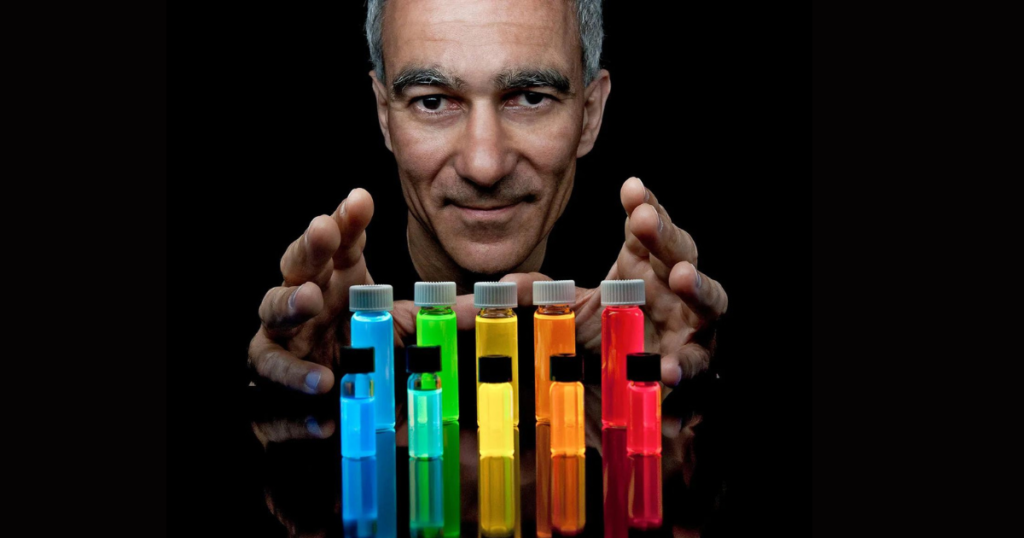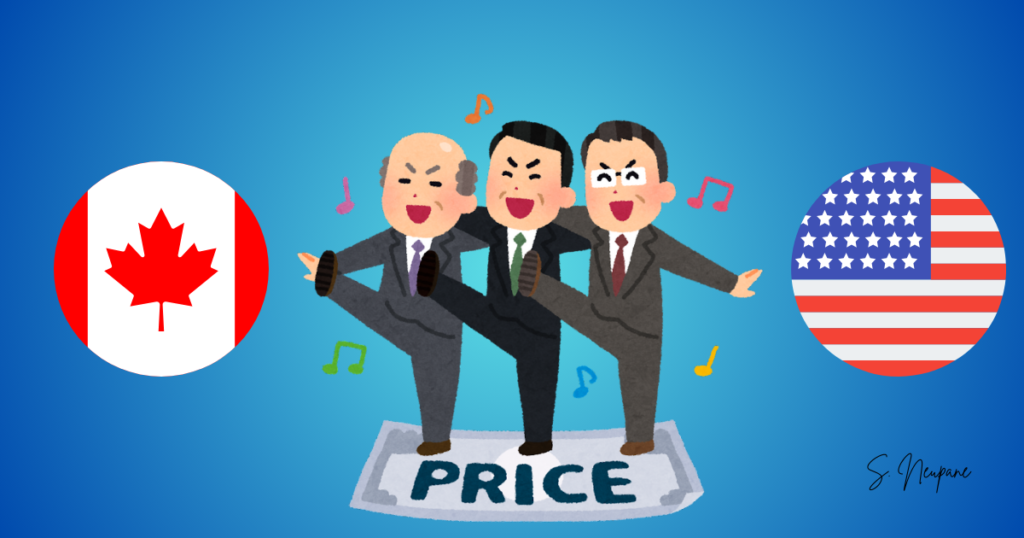In 1955, Berkshire Hathaway Inc. was formed by the merger between the two textile companies Berkshire and Hathaway; after ten years of the merger, Warren Buffet took control of a textile company, Berkshire Hathaway Inc., in April 1965.
At that time, Berkshire Hathaway concentrated solely on the textile business, producing different types of fabrics. In his first year in Berkshire, Buffet started the disposal of assets of unprofitable plants such as King Philip Plant A and E. He used the income from the disposable of these assets to pay a bank loan of $ 2,500,000.
He also made capital expenditures to purchase machinery and equipment to reduce costs and improve quality. He also made changes in the director of the company.
Also, he repurchased the 1,20,231 units of the company’s outstanding shares. Due to the repurchase of the outstanding shares, the net worth per share in 1966 was $ 28.99, which was improved by 24.05 % compared to 1960.
In the second year, he introduced new products for the company, continued disposing of unused assets, and closed unprofitable mills. Textile is a highly cyclical industry, so maintaining the company’s financial position was the most crucial task for Buffet.
In the second year at Berkshire, Buffet was looking for a suitable acquisition in the textile industry. Hence, it was the primary reason Buffet maintained its financial position. He believed that if he kept adequate liquid assets, the opportunities for Berkshire would present themselves.
The second reason was uncertainties at that time; it was due to war, tax rates, and decreased financial activity. Also, there were threats of emerging advanced technology, so the company might have to make capital expenditures at any time.
At that time, it was almost impossible for the textile companies to get outside capital due to the depressed textile earnings. He then invests $ 5.4 million in marketable securities, common stock, and commercial paper as a working capital. Buffet believed that at such depressed times, investment in these instruments would help the company generate realistic shareholder returns.
Buffet decided to invest a significant portion of it in marketable common stocks. It gave Berkshire alternative investment opportunities and ensured earnings outside the textile industry.





Can you be more specific about the content of your article? After reading it, I still have some doubts. Hope you can help me.